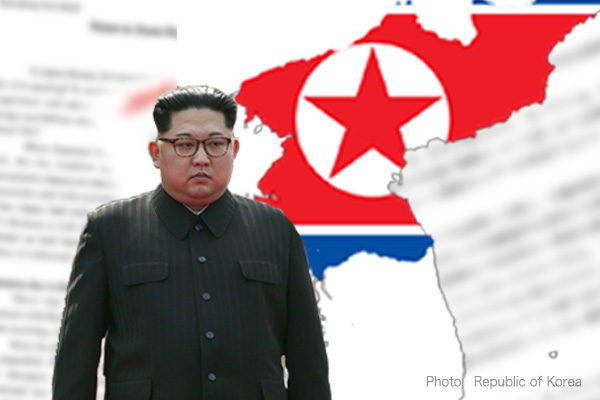On December 18, North Korea conducted a launch drill of a Hwasong-18 intercontinental ballistic missile. The solid-fuel ICBM was test-fired in April and July. As I have repeatedly emphasized, the test-firing of a missile indicates a stage in which its development has not yet been completed. After the development is over, the missile will be deployed operationally and subjected to launch drills. Therefore, the latest launch drill means that the solid-fuel ICBM has finally been operationally deployed.
Operational deployment of ICBMs
North Korea has already conducted launch drills of the Hwasong-15 and Hwasong-17 that can reach the east coast of the U.S. mainland, indicating that they are operationally deployed. However, they are powered by liquid fuel. As liquid fuel is unstable, it must be injected into a missile just before its firing, meaning that the sign of imminent firing is easy to be detected. However, solid fuel can be stored in a missile. If a launching order is given, the missile may soon come out of an underground facility aboard a mobile launch pad, as was the case this time, and be launched immediately.
North Korea explained that the latest launch drill was a “strong behavioral warning” against the “thugs” of the U.S. and South Korean military authorities that held a “nuclear war plot” named the second Nuclear Consultative Group meeting in Washington on December 15, spread the word of the North Korean “regime demise” once again, and carried out a large-scale joint exercise that actualized the “nuclear retaliatory strike” against the North. Under South Korean President Yoon Suk Yeol’s strong sense of crisis, the U.S. and South Korea have repeatedly conducted military exercises in anticipation of a North Korean nuclear attack. North Korea for its part feels a sense of crisis about these exercises.
In March, North Korea conducted a “nuclear counterattack virtual comprehensive tactical training.” The North Korean Central News Agency reported the training as follows: “A mock launch training for nuclear strikes against enemy key targets was conducted. The missile was equipped with a mock nuclear warhead. The tactical ballistic missile launched in Cheolsan County, Pyonganbuk-do, exploded accurately at a height of 800 meters above the target in the East Sea (i.e. the Sea of Japan), and the reliability of the nuclear explosion control device and the detonation device of the nuclear warhead part was verified.”
Japan included into targets for nuclear strike
In fact, the North Korean tactical nuclear operation unit conducted a military training from September 25 to October 9 last year. Missiles equipped with mock nuclear warheads were used at that time, too, for training for nuclear strikes against “airports in south Korean combat zone” (September 28), “major enemy military command facilities” (October 6), and “major enemy seaports” (October 9). The October 6 and 9 targets were described as “enemy” rather than “south Korean,” meaning that they include U.S. military bases, Japanese Self-Defense Forces bases, and seaports in Japan and Guam. So, “enemy key targets” for nuclear strike training in March this year should be interpreted as including Japan.
North Korea has already deployed tactical nuclear missiles that put Japan within their range (as described in Japan's defense white paper) and has repeatedly conducted tactical nuclear strike training. Japan's position regarding the North Korean nuclear threat is that the U.S. will protect Japan’s national security through extended deterrence, or potential nuclear retaliation, while Japan upholds the three non-nuclear principles of non-possession, non-production, and non-introduction of nuclear weapons. North Korea has already operationally deployed solid-fuel ICBMs. The South Korean president is desperately confronting the classic question of whether the United States would protect its allies even at the expense of its own major cities. I feel a hopeless sense of crisis regarding Japan's political, media, and academic circles that have no sense of crisis.
Tsutomu Nishioka is a senior fellow and a Planning Committee member at the Japan Institute for National Fundamentals and a specially-appointed professor at Reitaku University. He covers South and North Koreas.


